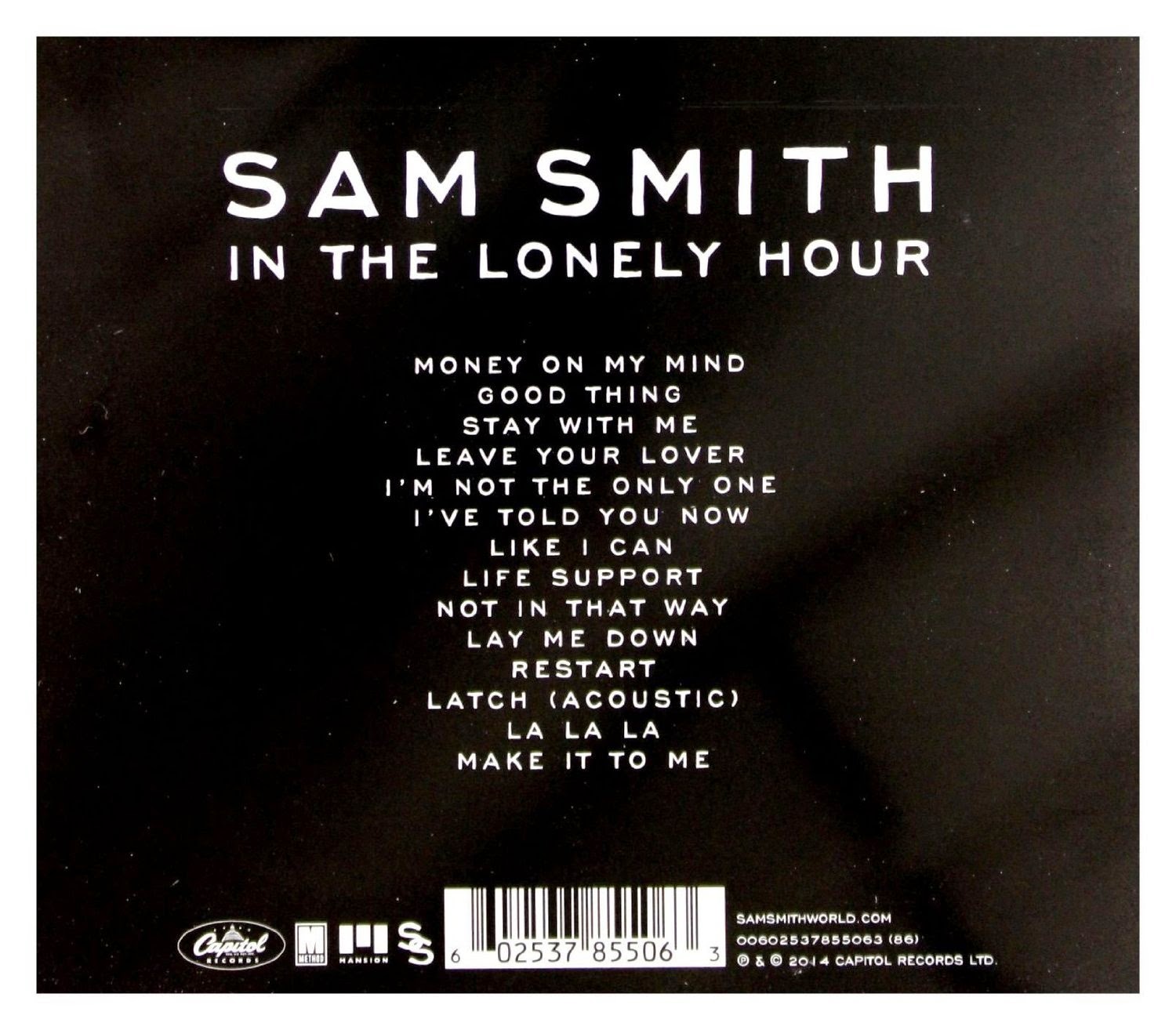Digipaks are used as a promotional tool by record companies to increase the awareness of a new artist or as a collectible item for a popular artist. Digipaks consist of a front cover, back cover, spine, inside CD tray, CD as well as some form of text/image pages that either fold out or is in booklet form.
Below are possible templates for digipaks.
What is used on a digipak:
Front Cover: This usually consists of a dominant image of the star, along with the name of the album and the name of the star. The front cover often features something that is easily recognisable, that could either be representative of the artist or representative of the genre of music.
Back Cover: This contains the track list for that album, the name and logo of the record company, any awards or quotes from magazines or newspapers, copyright information a barcode, artist website information, links to social networking sites etc.
Spine: This mostly has the name of the album or artist, sometimes even both.
 |
| Taylor Swifts digipak for the album 'RED'. |
The digipak for 'RED' follows the typical conventions of a digipak. The front cover has an very prominent image of Taylor Swift, who is wearing her iconic red lipstick that is she well know for, as she wears it in all her videos and appearances, this emphasizes the artist brand image which can increase the popularity of the artist. Both the title and name of the star are made very apparent on the cover, this is done for marketing purposes. Inside is the CD and a booklet that contains the lyrics to the songs featured on the album as well as other images of Taylor. Everything about this digipak makes it apparent that Taylor is a pop artist. This is done through the use of images; Taylor is portrayed in an innocent light, it's subtle yet striking enough to catch your attention. The mainstream clothing worn by Taylor is also an indication of the pop genre.













































